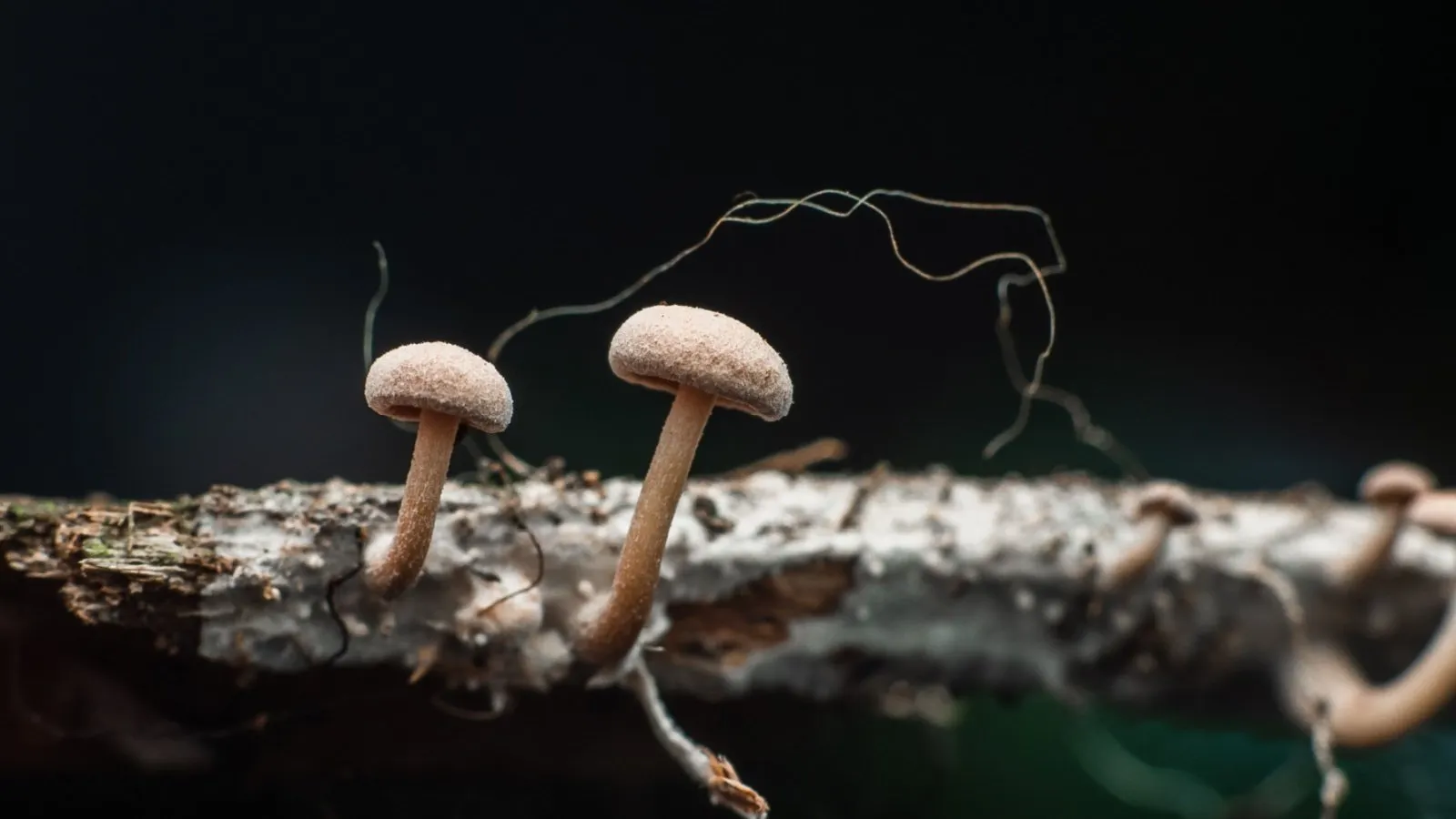The world of biorobotics is undergoing a transformation as scientists from Cornell University and the University of Florence have developed biohybrid robots powered by the electrical signals of mushroom mycelium. This new approach showcases the potential for incorporating living organisms into robotic systems to enhance their adaptability and responsiveness.
Led by Anand Mishra and Professor of Mechanical Engineering, Robert F. Shepherd, the research team cultivated king oyster mushroom (Pleurotus eryngii) mycelium and integrated it into the electronics of two distinct robot designs—a soft, spider-like robot and a wheeled robot.
By tapping into the mycelium's innate ability to generate electrical signals, the researchers created robots that can sense and respond to their environment in unprecedented ways.
"We were able to engineer artificial hardware that can operate in the real world, yet still isolate faint electrical signals from living mycelium,” Robert F. Shepherd, a professor of mechanical and aerospace engineering at Cornell University, told Decrypt. “These signals change in accordance to environmental signals, such as light intensity. To prove the robustness of our solution, the lead author Anand Mishra used UV light inputs to control both a wheeled and walking robot."
Shepherd explained the work has been funded by a CROPPS grant from the National Science Foundation and had support from the Engineered Living Materials Institute at Cornell. The goal of the work has been to use the mycelium to detect issues with the soil and respond to them.
“Mycelium is in the soil anyway, tapping into their signaling pathways to measure soil health would be a nice win,” he said.
One of the key challenges faced by the researchers was developing a system capable of detecting and utilizing the faint electrical signals generated by the mycelium to control the robots. Mishra engineered an electrical interface that accurately reads the mycelium's raw electrical activity, processes it, and converts it into digital signals that can activate the robot's actuators.
The biohybrid robots successfully completed three experiments, demonstrating their ability to walk and roll in response to the mycelium's electrical spikes, change their gait when stimulated with ultraviolet light, and even override the mycelium's native signal entirely. These achievements highlight the incredible adaptability and responsiveness of the mushroom-powered robots.
Edited by Stacy Elliott.

